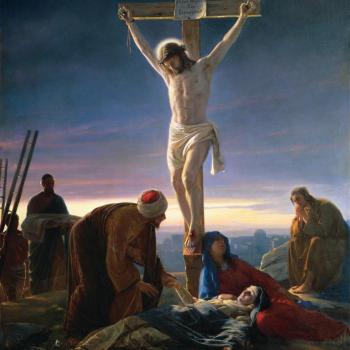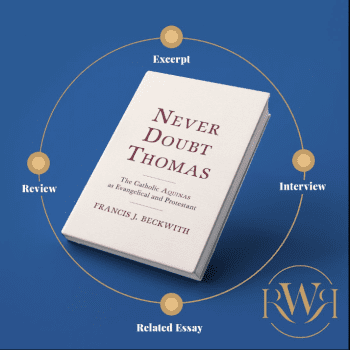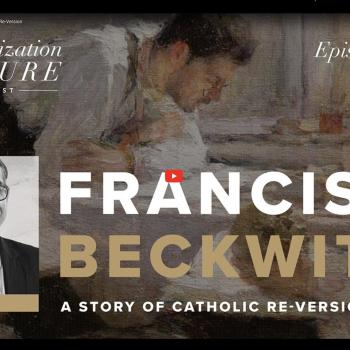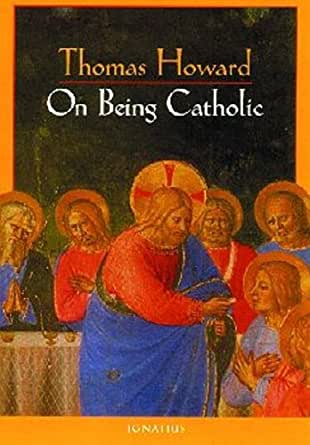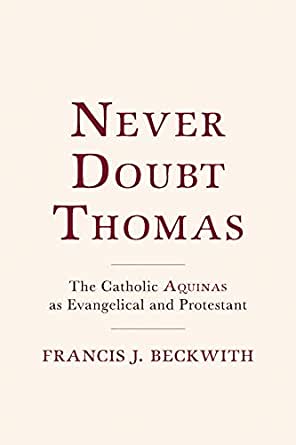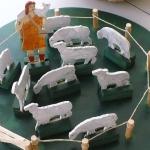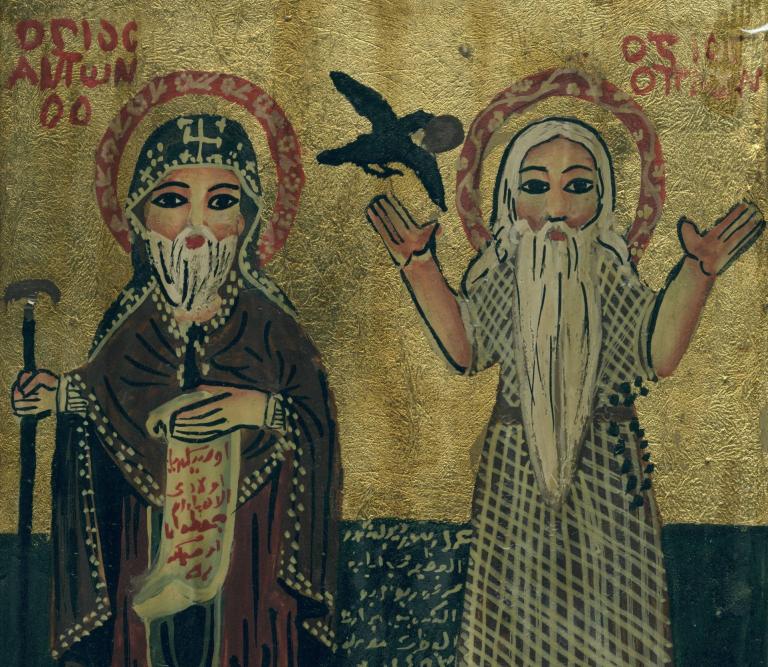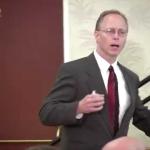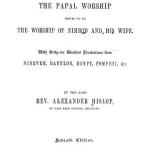Here is my latest entry in my week-long commemoration of Reformation Day (October 31).
In an October 30, 2009 piece published in First Things, Timothy George offers a different Protestant perspective on Reformation Day than the one offered by Stanley Hauerwas, about which I blogged yesterday. A friend with whom I have participated in several public dialogues concerning Evangelicals and Catholics, George is the Dean of the Beeson Divinity School
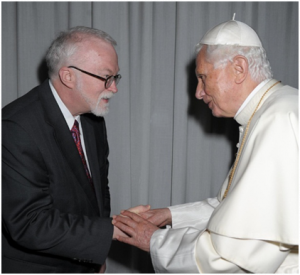
at Samford University in Birmingham, Alabama. Here’s how his essay begins:
It was around two o’clock in the afternoon on the eve of the Day of All Saints, October 31, 1517, when Martin Luther, hammer in hand, approached the main north door of the Schlosskirche (Castle Church) in Wittenberg and nailed up his Ninety-Five Theses protesting the abuse of indulgences in the teaching and practice of the church of his day. In remembrance of this event, millions of Christians still celebrate this day as the symbolic beginning of the Protestant Reformation. At Beeson Divinity School, for example, we do not celebrate Halloween on October 31. Instead we have a Reformation party.
But did this event really happen? Erwin Iserloh, a Catholic Reformation scholar, attributed the story of the theses-posting to later myth-making. He pointed to the fact that the story was first told by Philip Melanchthon long after Luther’s death. Other Luther scholars rushed to defend the historicity of the hammer blows of Wittenberg. In fact, the door of the Castle Church did serve as the official university bulletin board and was regularly used for exactly the kind of announcement Luther made when he called for a public disputation on indulgences.
But whether the event happened at two o’clock in the afternoon, or at all, is not the point. Copies of Luther’s theses were soon distributed by humanist scholars all over Europe. Within just a few weeks, an obscure Augustinian monk in a backwater university town had become a household name and was the subject of chatter from Lisbon to Lithuania.
It was not Luther’s intention to divide the Church, much less to start a brand new church. To the end of his life, he considered himself to be a faithful and obedient servant of the one, holy, catholic, and apostolic church. Though Luther renounced his monastic vows and married a former nun, Katarina von Bora, he never forgot that he had received a doctorate in Holy Scripture. His vocation was to teach the written Word of God and to point men and women to the Lord of Scripture, Jesus Christ.
On this Reformation Day, it is good to remember that Martin Luther belongs to the entire Church, not only to Lutherans and Protestants, just as Thomas Aquinas is a treasury of Christian wisdom for faithful believers of all denominations, not simply for Dominicans and Catholics. This point was recognized several weeks ago by Franz-Josef Bode, the Catholic Bishop of Osnabrück in northern Germany, when he preached on Luther at an ecumenical service. “It’s fascinating,” he said, “just how radically Luther puts God at the center.” Luther’s teaching that every human being at every moment of life stands absolutely coram deo—before God, confronted face-to-face by God—led him to confront the major misunderstanding in the church of his day that grace and forgiveness of sins could be bought and sold like wares in the market. “The focus on Christ, the Bible and the authentic Word are things that we as the Catholic church today can only underline,” Bode said. The bishop’s views have been echoed by many other Catholic theologians since the Second Vatican Council as Luther’s teachings, especially his esteem for the Word of God, has come to be appreciated in a way that would have been unthinkable a century ago.






